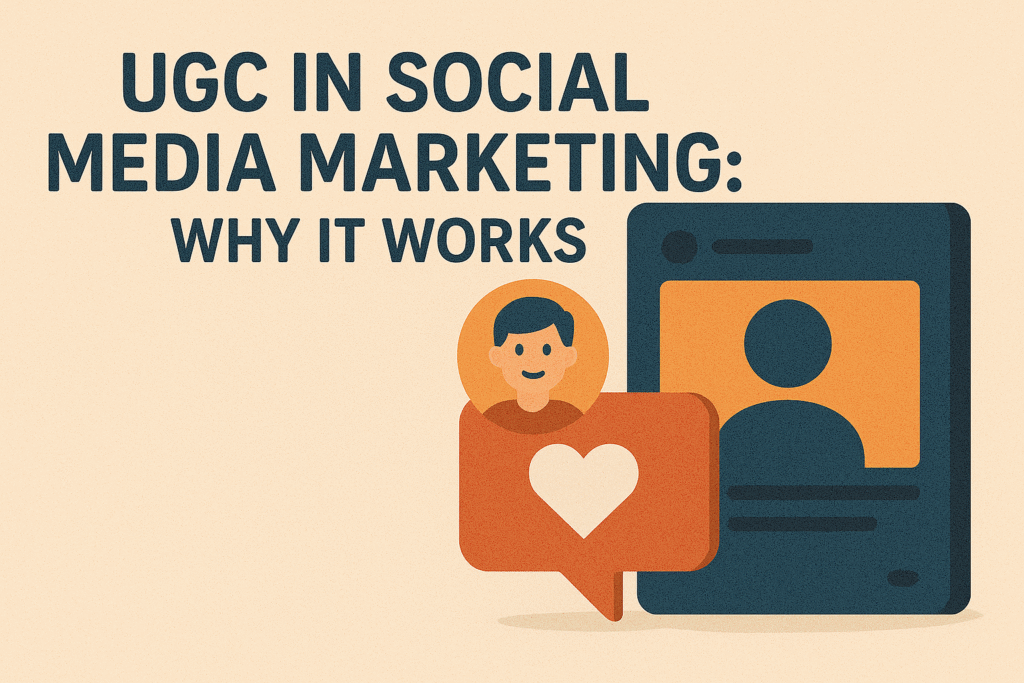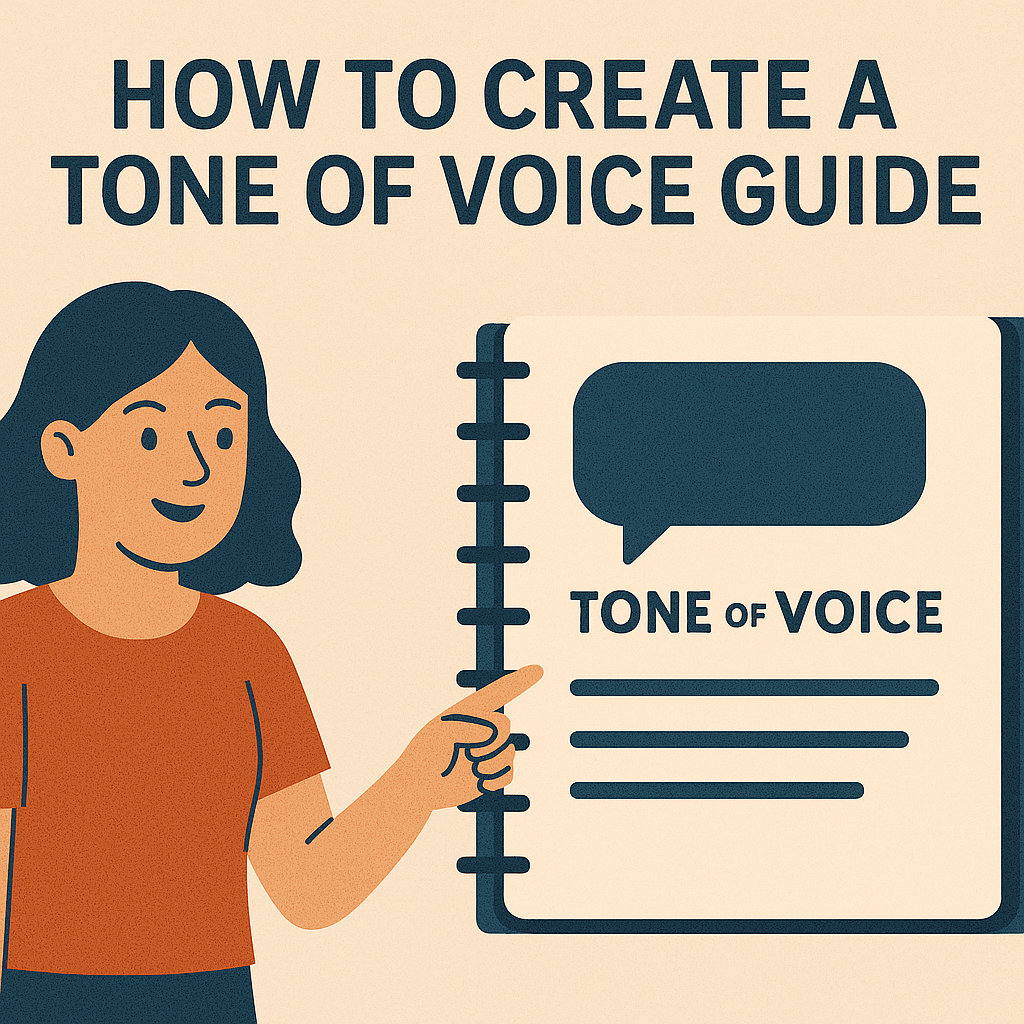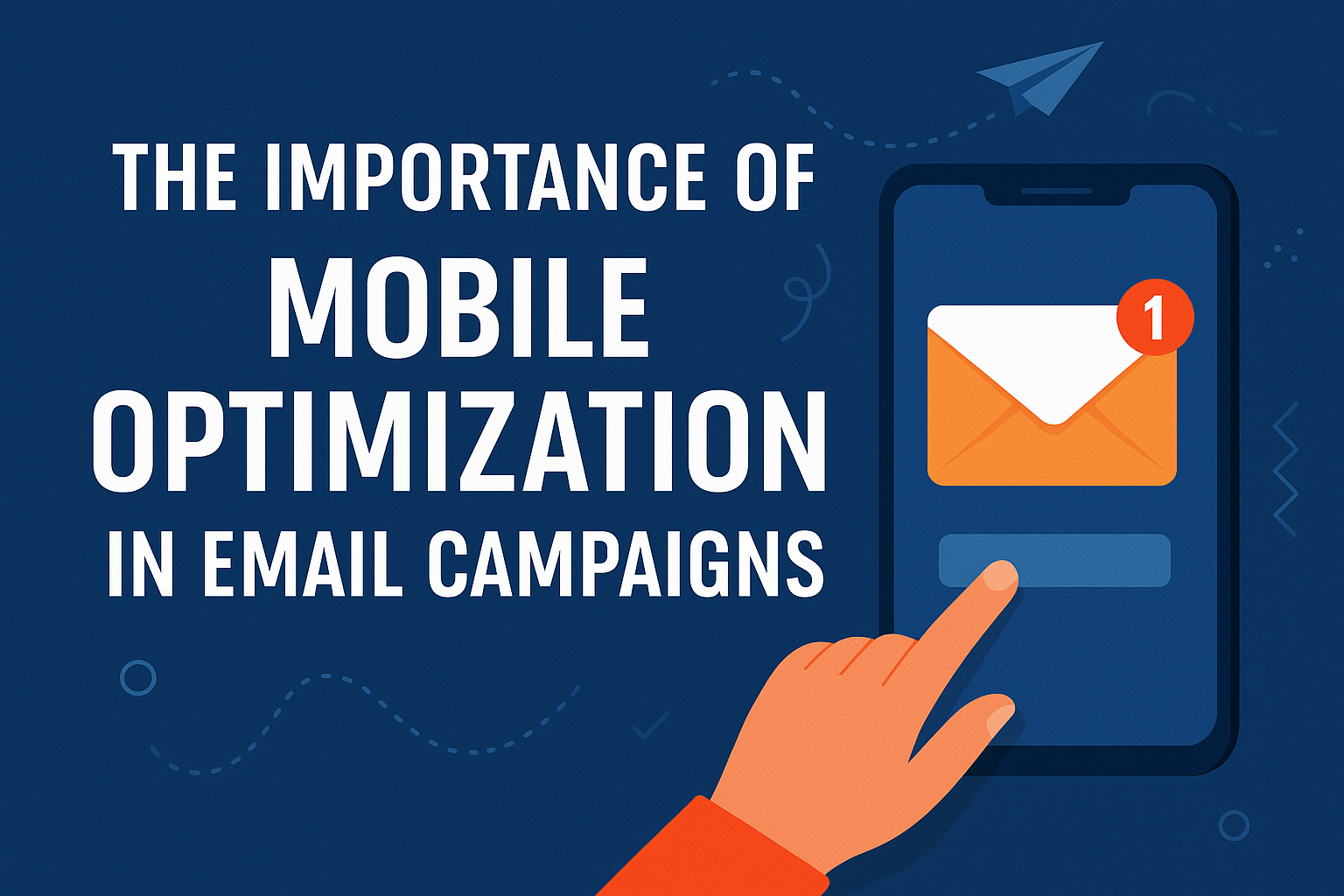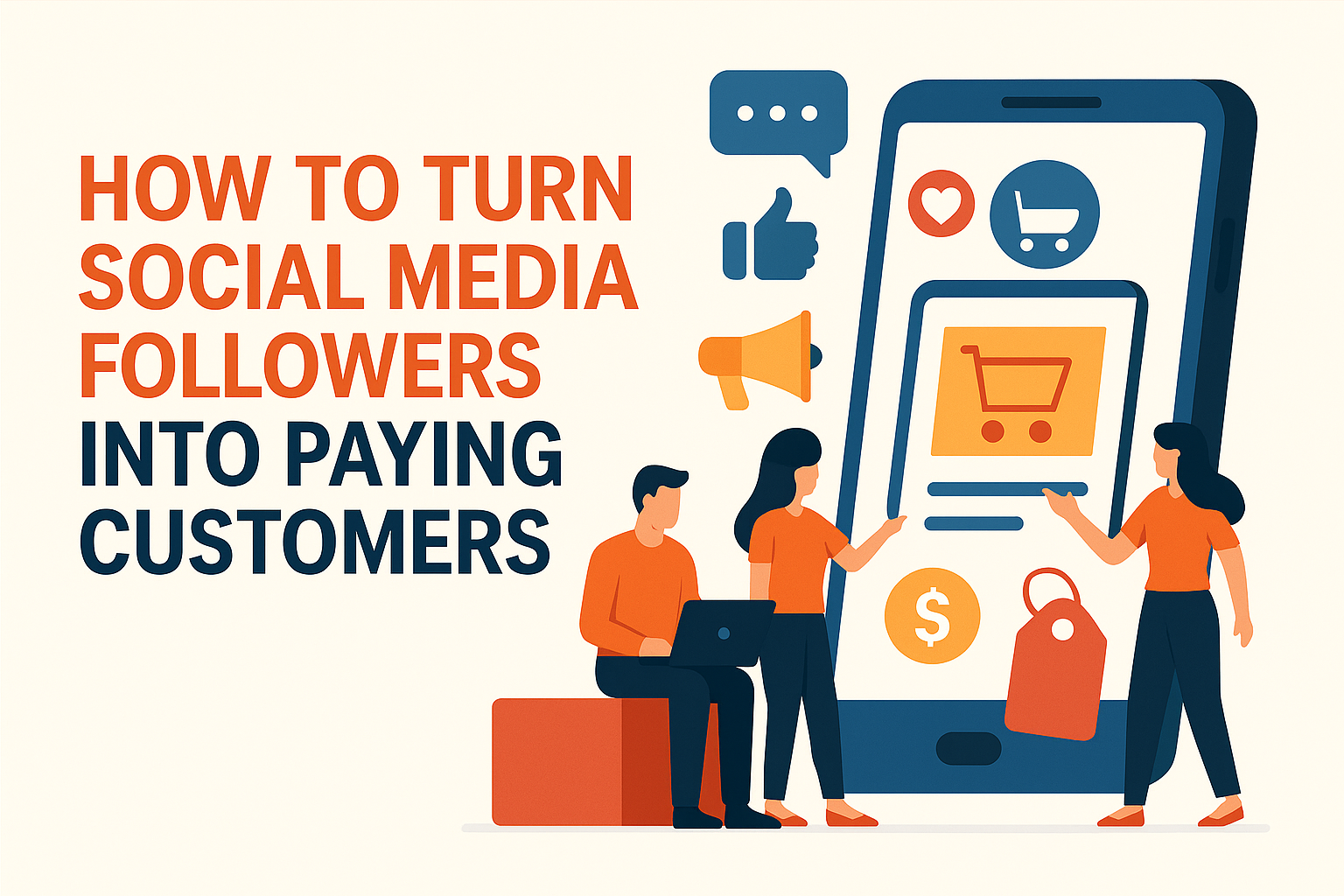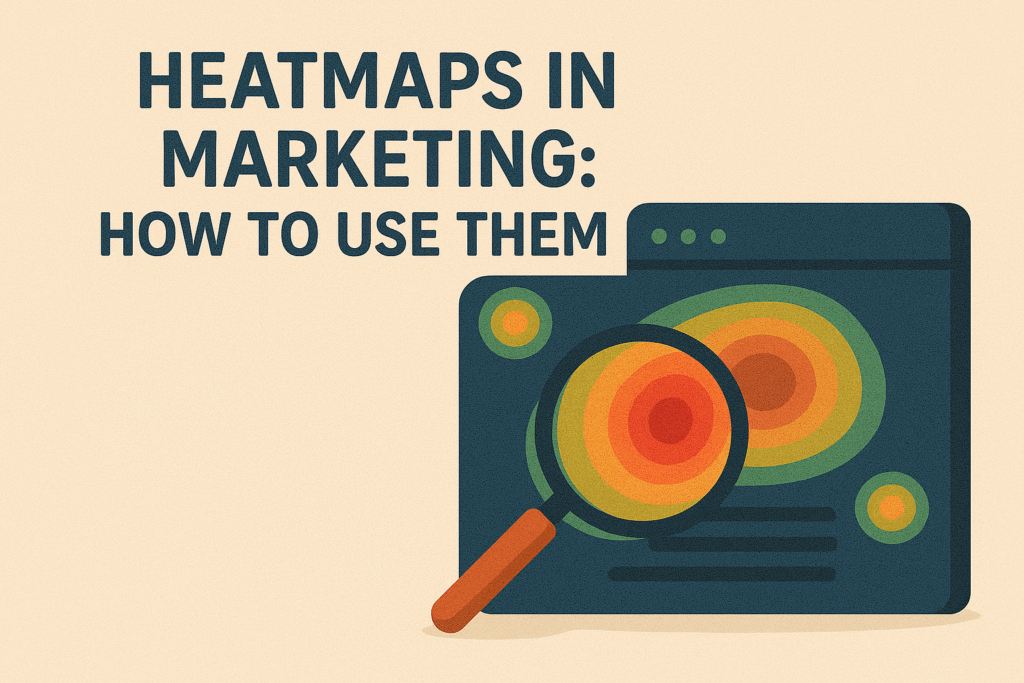
Heatmaps in Marketing: How to Use Them
What Are Heatmaps? Heatmaps are visual representations of user behavior on your website or digital content. They use color coding (typically red to blue) to show areas of high and low engagement. Red or “hot” areas indicate high activity, while blue or “cool” areas show little to no engagement. Types of heatmaps: Why Heatmaps Matter in Marketing 1. Understand User Behavior Heatmaps let you see what users are actually doing on your site—not just what you think they’re doing. You can identify: 2. Improve Website Design Heatmaps help marketers and designers align page layout with user behavior. You can adjust: 3. Optimize Conversion Paths With scroll maps and click maps, you can spot where users drop off or what distracts them from converting—allowing for precise tweaks to landing pages, CTAs, and lead forms. 4. A/B Test More Effectively Pairing heatmaps with A/B testing reveals not just what performs better but why. It tells the story behind the clicks and scrolls. 5. Justify Design Changes with Data Whether reporting to stakeholders or collaborating with teams, heatmaps give visual, evidence-based insights that support design and UX decisions. How to Use Heatmaps in Your Marketing Strategy Step 1: Choose the Right Tool Popular tools include: Most offer both free and premium plans depending on traffic volume and analysis depth. Step 2: Select Key Pages to Track Start with: These are high-impact zones where user behavior is critical to conversion. Step 3: Analyze the Visual Data Look for: Step 4: Make Data-Informed Changes Make gradual, targeted updates: Then re-measure using heatmaps again to validate the improvements. Use Cases of Heatmaps in Marketing FAQs 1. Are heatmaps suitable for mobile websites too?Yes. Most heatmap tools support mobile tracking and help optimize mobile UX separately from desktop. 2. Do heatmaps impact site speed or SEO?Most modern tools use lightweight scripts that don’t significantly affect site performance or SEO rankings. 3. How much traffic do I need for heatmap data to be useful?At least 500–1,000 visits per page is ideal for statistically relevant insights. 4. Can I use heatmaps for apps too?Yes, tools like Smartlook or UXCam allow heatmap tracking inside mobile applications. 5. Should I rely only on heatmaps?No. Use heatmaps alongside other tools like Google Analytics, session recordings, and A/B testing for a well-rounded strategy. Final Thoughts In a digital world driven by data and design, heatmaps are a marketer’s secret weapon. They uncover invisible insights, help diagnose UX issues, and lead to smarter, faster decisions that impact conversions. The next time you wonder why a landing page isn’t converting or why users abandon mid-scroll—don’t guess. Heatmap it.

